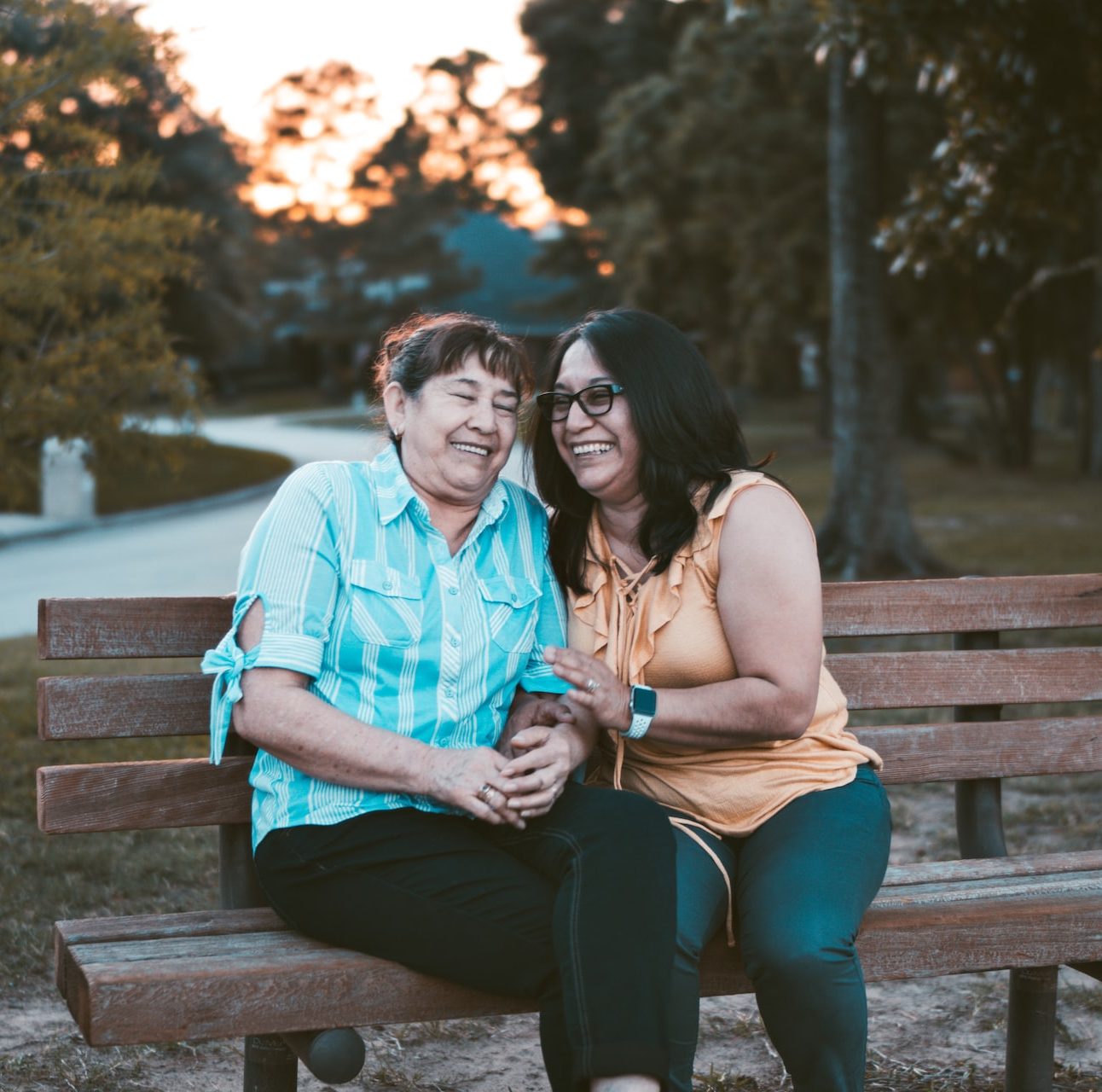What is coercive control?
Coercive control describes a range of behaviours that allow someone to gain or keep control of a partner, ex-partner or family member.
Examples of coercive and controlling behaviour include:
- constantly criticising or humiliating, including challenging the victim’s role as a partner/parent
- extreme dominance, demanding obedience and having a sense of ‘entitlement’ to the victim
- extreme or pathological jealousy
- controlling or monitoring daily activities, including being made to account for time
- limiting access to money/ salary, controlling spending
- restricting freedom of movement (for example by keeping a victim in the home), denying independence and autonomy
- isolating the victim from family and friends, including intercepting messages or phone calls
- threatening suicide/homicide/familicide (for example making the threat: “if I can’t have you, no one can” – giving the victim cause to believe they will act on this)
- using children to exert control – by criticising or belittling the victim in front of them, or by threatening to take the children away
- threatening to damage property
- threatening to harm pets
- threatening to expose sensitive or confidential information
- using a victim’s insecure immigration status to threaten deportation, destroying immigration documents etc
- making false allegations to family members, religious groups or the local community to damage reputation
- controlling or monitoring the victim’s health and body. including preventing the victim from taking medication/accessing care
- manipulating information given to professionals and agencies, such as GPs or the police
- coercing into sexual relations (for example making the victim feel they owe sex to someone)
- coercing into illegal activity (for example taking drugs or shoplifting) and then using this information to blackmail and threaten
People who use coercive and controlling behaviour will exploit insecurities and vulnerabilities. Victims may feel frightened, confused and intimidated. It can affect all aspects of a person’s life – often eroding your confidence and sense of self. Coercive and controlling behaviour can continue after a relationship has ended, especially where someone is experiencing economic abuse.
Definition of coercive control
The UK Government defines controlling behaviour as:
A range of acts designed to make a person subordinate and/or dependent by isolating them from sources of support, exploiting their resources and capacities for personal gain, depriving them of the means needed for independence, resistance and escape and regulating their everyday behaviour.
The UK Government defines coercive behaviour as:
An act or a pattern of acts of assault, threats, humiliation and intimidation or other abuse that is used to harm, punish, or frighten their victim.
The controlling or coercive behaviour offence
In 2015, under the Serious Crime Act 2015 (the 2015 Act) coercive control in an intimate or family relationship became a criminal offence.
If you experience this form of abuse, you can report it to the police. The offence carries a maximum of 5 years’ imprisonment, a fine or both.
Coercive and controlling behaviour can persist and often increase when a relationship ends, or in cases where the victim no longer lives with the perpetrator. This is known as known as ‘post-separation abuse’.
In 2023, an amendment to the definition of “personally connected’’ in the legislation in England and Wales removed the “living together’’ requirement. This means you can now bring coercive control charges, even if the victim and perpetrator are no longer in a relationship or living together.
Signs of coercive control
Coercive control may happen gradually in a relationship. The perpetrator may not exercise this control/coercion every day. This can make it difficult to recognise the signs in your own relationship or another’s.
Someone who is experiencing coercive control may be withdrawn and frightened. They may be isolated from family and friends. Victims may not always realise that they are experiencing coercive control.
Perpetrators often begin, continue or escalate coercive, controlling and abusive behaviour after a relationship has ended.
What you can do
If you are worried that someone is a victim of coercive control, you should reach in and gently talk to them about their experience. It can be difficult to recognise that the behaviour you have been experiencing is part of a pattern of manipulation, control and coercion. Listening and making space for the victim may help them recognise what is happening and eventually seek help.
As a friend or family member or neighbour, it is not your responsibility to stop the abuse. But you can do a lot to help by following our ‘Reach In’ steps:
1. Prepare
Think about safe ways to contact them.
Know what help is available locally and have the numbers for the relevant national helplines to hand
2. Ask
Start conversations gently, conveying your concern. For example, say “You haven’t been in touch much lately. Is everything OK?”
3. Listen
A common concern is feeling like you don’t know enough about domestic abuse or coercive control to respond well. But simply listening can help someone to break the silence around their situation. You could say:
- “Go on… I can see there is something on your mind”
- “How do you feel about that?
- “Thank you for telling me”
4. Reassure
If someone tells you they are being controlled or coerced, the important thing to convey is that you believe the person. And to let them know what’s happening to them is wrong. You could say:
- “I believe you”
- “This is not your fault”
5. Offer help
- Make suggestions, not demands. It’s important not to pressure the person who is experiencing abuse. They need to make their own decisions in their own time.
- Offer to ring a helpline to find out about support.
- Offer to make a plan together on how to stay safe.
- You could offer a place to stay if needed, or keep an emergency bag. Remember leaving an abusive partner can be dangerous. It should be done with the support of a specialist domestic abuse service.


